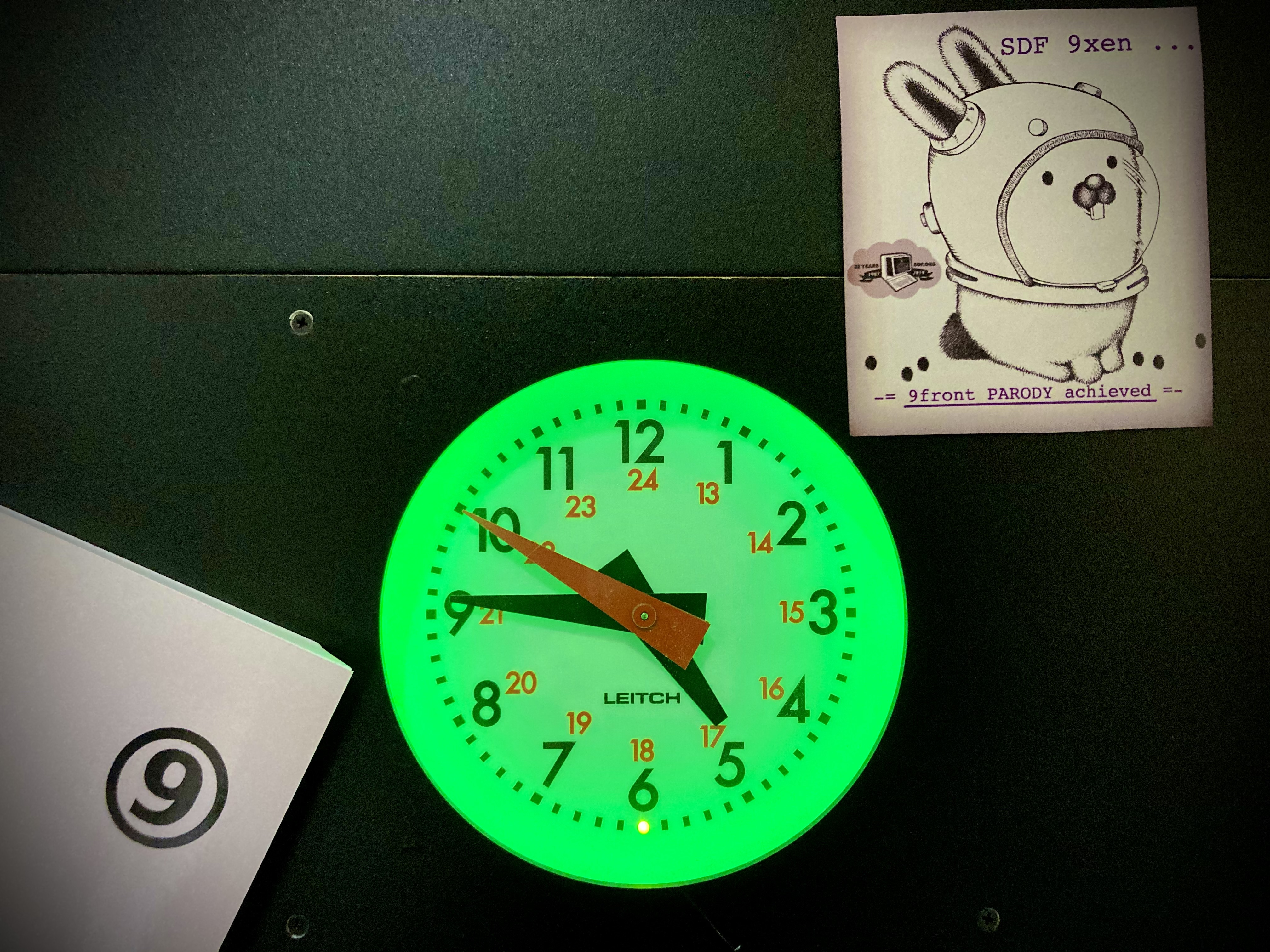Lemmy uses the packages olowe.co/lemmy (source), which provides a io/fs filesystem interface to a Lemmy instance, and 9fans.net/go/acme to interact with acme. What you get is an Acme Mail inspired program for Lemmy. As you can see, it’s a work in progress!
But it’s been fun so far. Sorry that this isn’t running on Plan 9 (running on OpenBSD). I’m on the road at the moment and don’t have a way to connect to a server right now!
This is awesome!
Since you’re using 9fans packages, I assume that this works with plan9port though, isn’t that right?
I was wondering about porting some of these things to native Plan 9 as well, especially the libdraw parts. So far there were successful attempts at using the filesystem interface with Lua (and at some point I managed to run Fennel atop Lua 5.4 to interact with libdraw), so adding Plan 9 support to these libraries shouldn’t be too hard.
Since you’re using 9fans packages, I assume that this works with plan9port though, isn’t that right?
Yes this is running on plan9port on OpenBSD.
I was wondering about porting some of these things to native Plan 9 as well
That would be cool! And you wouldn’t need to worry about the package 9fans.net/go/plan9 since that’s all provided by the OS already.
Another idea I had was some kind of adapter to serve a io/fs filesystem over 9P if that makes sense?
I think that anything in Plan 9 that involves a filesystem makes total sense. It’s just too easy to just make a thin layer that works with files.
For instance, I was once building a GUI for a project in Plan 9 C, that communicated with the remote server using REST requests. All I had to do is use the webfs filesystem interface. It works somewhat like this:
- You open
/mnt/web/clonefor reading and keep it open. Reading that file gives you a handle number for your connections. - Open
/mnt/web/%d/ctl(%dbeing the handle number) for writing. Then you write a few textual information for your request, e.g.request getfor the method,url https://my-website.com/for URL,headers blablafor each header parameter, etc. - If you’re sending data, set the
contenttypethrough thectlfile as above, then write the request body to/mnt/web/%d/postbody. - Open
/mnt/web/%d/bodyfor reading. This action performs the actual request, and may take some time. Nevertheless, for your program, it is simply a blocking file operation.
I think this illustrates how simple Plan 9 can be, so I think it is possible to port most, if not every part of 9fans.net libraries to native Plan 9 by reimplementing a few functions to do file operations instead of using the plan9port binaries.
- You open


